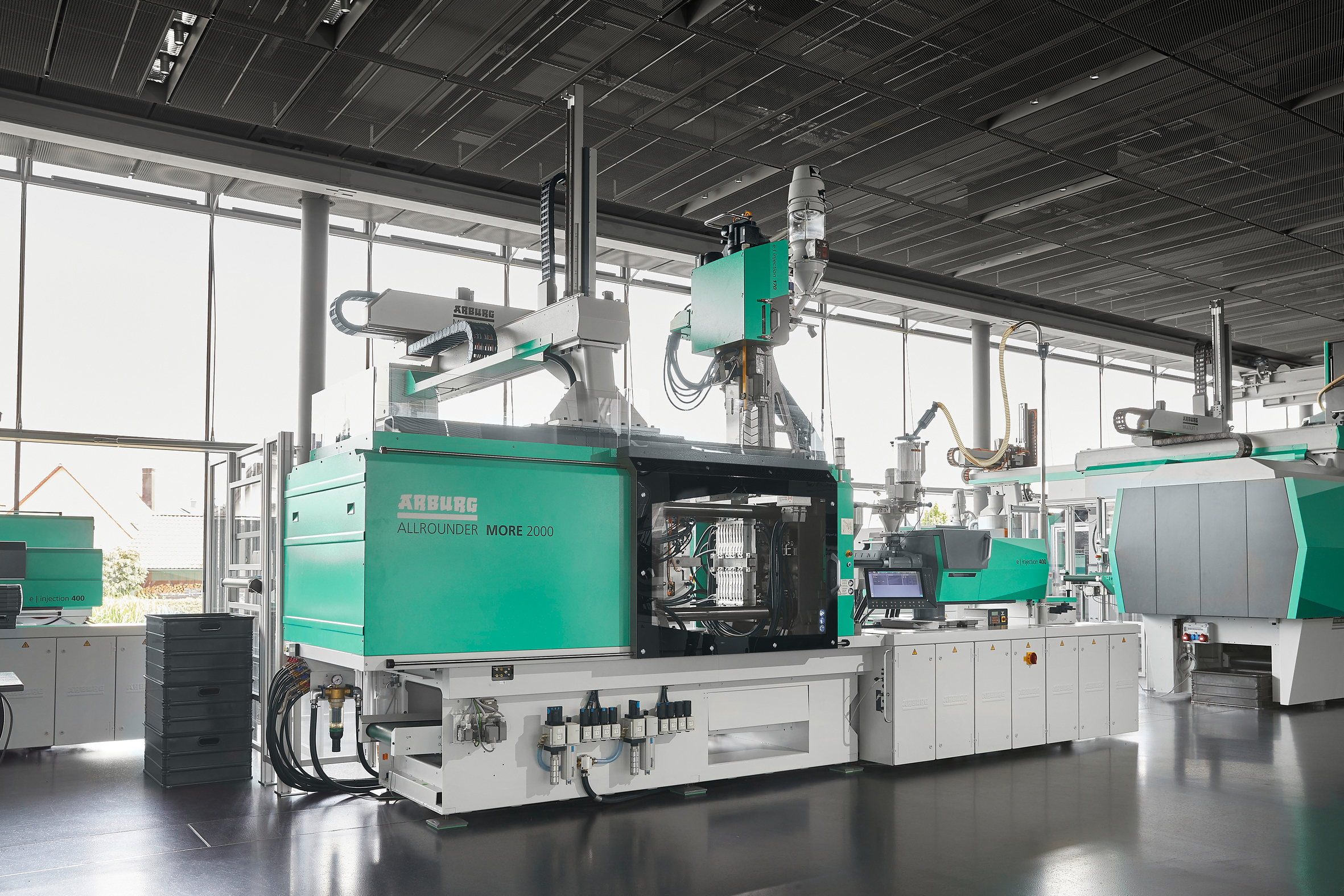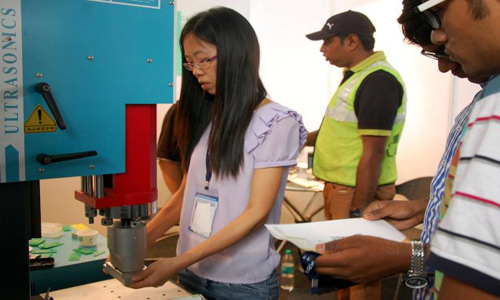The journey begins with a plastic bottle tossed into a California recycling bin. And it ends, more often than not, in China, where that bottle is turned into a cheap trinket or toy – a long-distance, low-grade form of recycling that contributes to global warming and sows no green jobs in California.

Now a company in Turlock is starting to change that.
With dreams the size of a Central Valley super-farm, Peninsula Plastics Recycling is buying up billions of California plastic bottles and feeding them into a jungle of industrial equipment in hopes of jump-starting a new eco-friendly food packaging industry.
The feedstock for that new industry is a Sierra Nevada snowstorm of plastic flakes made from all those bottles. The flakes are trucked to a sister company near Visalia that shapes them into the crinkly, see-through containers that cradle apples and strawberries, that cushion cookies and cupcakes in supermarkets across the United States.
“This will be the largest food packaging (plastic) ‘flake’ plant in the United States,” said Ed Byrne, vice president of the Turlock plant and co-owner of the sister company, Peninsula Packaging in Exeter.
Plastic containers have long drawn scorn because they take decades to biodegrade and can turn beaches and parks into trash bins. But for Byrne, those downsides have a solution in more ambitious, local and environmentally sophisticated recycling.
“This will more than double the capability to recycle plastic bottles in California,” he said, referring to the Turlock plant. “At the same time, we will employ about 60 people.”
Californians have been recycling beverage containers for decades, prodded by the deposits they pay under the state’s bottle bill law. But while aluminum cans and glass bottles are snapped up by domestic recyclers, plastic containers are largely ignored.
Byrne’s plant in Turlock is designed to process 80 million pounds of plastic bottles a year, about 20 percent of what is gathered for recycling statewide each year, he said. The bottles will come from a wide swath of Northern California, including Sacramento, Modesto and the Bay Area.
That’s not much compared with the 270 million pounds a year that’s exported to China, Byrne noted. Once there, the bottles join mountains of other California trash also collected for recycling around the state, including a prodigious amount of toxic electronic waste.
In China, California’s plastic bottles are transformed into children’s toys, carpet, leisure suits and other products, most of which are never recycled again.
“That isn’t a fulfillment of the recycling promise,” said Ralph Chandler, former executive director of California’s Integrated Waste Management Board and a consultant for the bottle recycling facility.
“You are expending a tremendous amount of carbon to ship this stuff halfway across the globe and bring it back if we have a demand for that product.”
The Turlock facility not only shrinks that carbon footprint. It turns plastic bottles into raw material for food packaging, which can then be made into more packaging, over and over again, a perpetual form of recycling made possible by polyethylene terephthalate – or PET – from which the bottles are manufactured.
“With PET, you can recycle it an infinite number of times,” Byrnes said.
The process begins with gigantic bales of bottles. Stacked on the south side of the plant, they form a crazy quilt of plastic streaked with color – Vitamin Water orange, Aquafina blue.
Those bales are broken apart and the bottles sorted, washed and shredded into milky-gray plastic flakes. Clear containers are the most desirable, but colored plastic is collected, too, and eventually recycled into cafeteria trays and other items.
“We’re like a rendering plant,” said Tom Sponder, chief operations officer at the plant. “We don’t throw anything into the landfill. It all goes to somebody.”
Byrne joined forces with the owner of a Canadian company, Merlin Plastics, to start Peninsula Plastics in Turlock. A $4.9 million state grant funded by unredeemed container deposits helped them purchase equipment for the $15 million facility.
“I am very proud of them,” said Heidi Sanborn, executive director of the California Product Stewardship Council. “We’re utilizing plastic right here. We’re making new products out of old. It’s a win-win-win.”
The first plastic flakes from California bottles have just started to arrive at the Exeter packaging facility, which employs 240 people and is powered by one of the largest privately funded solar power installations in the nation.
“In two weeks, you’ll be able to go to any Costco and find all kinds of stuff made with Turlock flake,” said Byrne. “It will say, ‘Made in the USA, made with 70 percent post-consumer PET bottles and 50 percent solar energy.’ “
Editor’s note: This story was changed Dec. 20 to correct the amount of plastic bottles exported to China each year. It is 270 million pounds, not tons.
Source : www.sacbee.com






